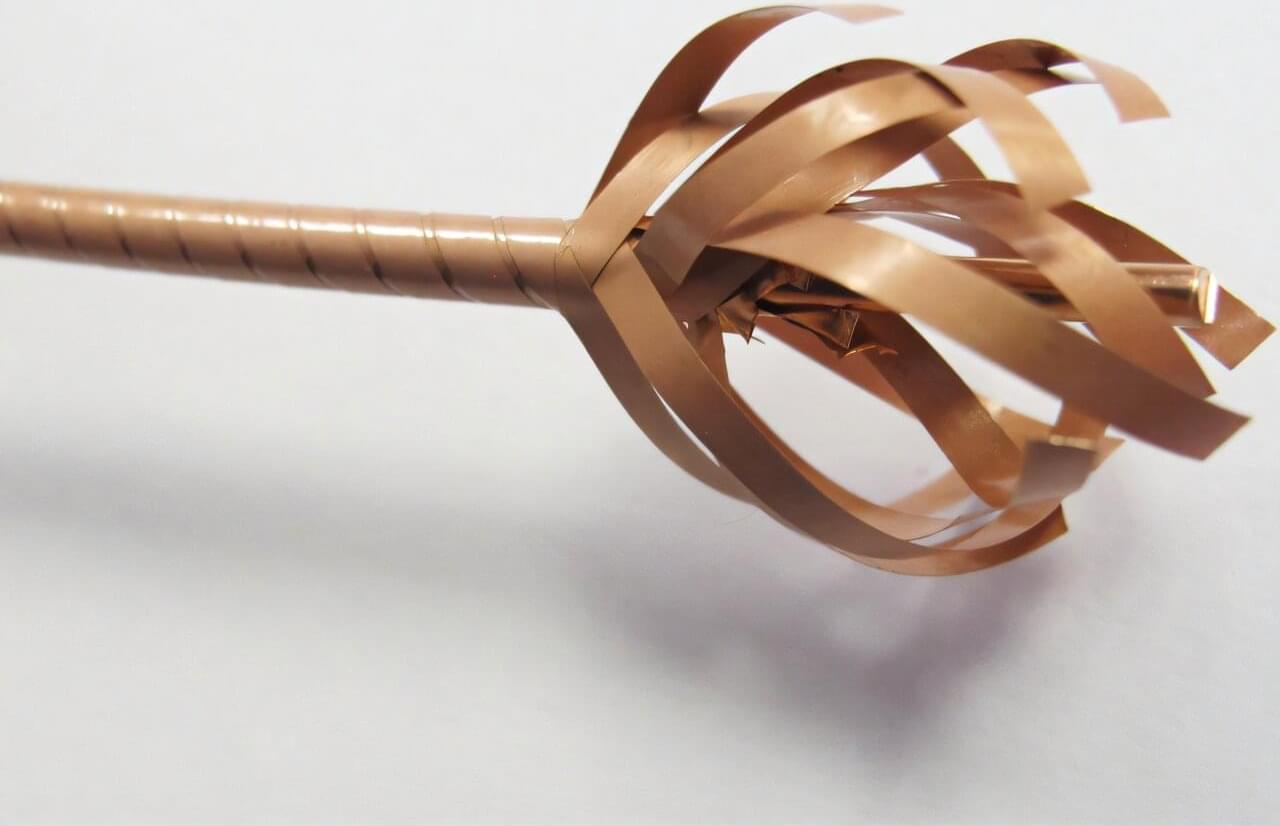When current flows through a wire, it doesn’t always have a perfect path. Tiny defects within the wire mean current must travel a more circuitous route, a problem for engineers and manufacturers seeking reliable equipment.
Through a partnership with industry, researchers at the FAMU-FSU College of Engineering and Florida State University’s Center for Advanced Power Systems and the National High Magnetic Field Laboratory have supported the development of a design that uses multiple strands of superconducting tape to create a cable, minimizing the chance of failure from defective spots within a wire. When current encounters a defect in one wire, it jumps to a neighboring wire to continue moving.
The research, which is published in Superconductor Science and Technology, helps to solve engineering and manufacturing challenges for manufacturers and could lead to more efficient and less expensive wires for electric motors and many other superconducting coil applications.
